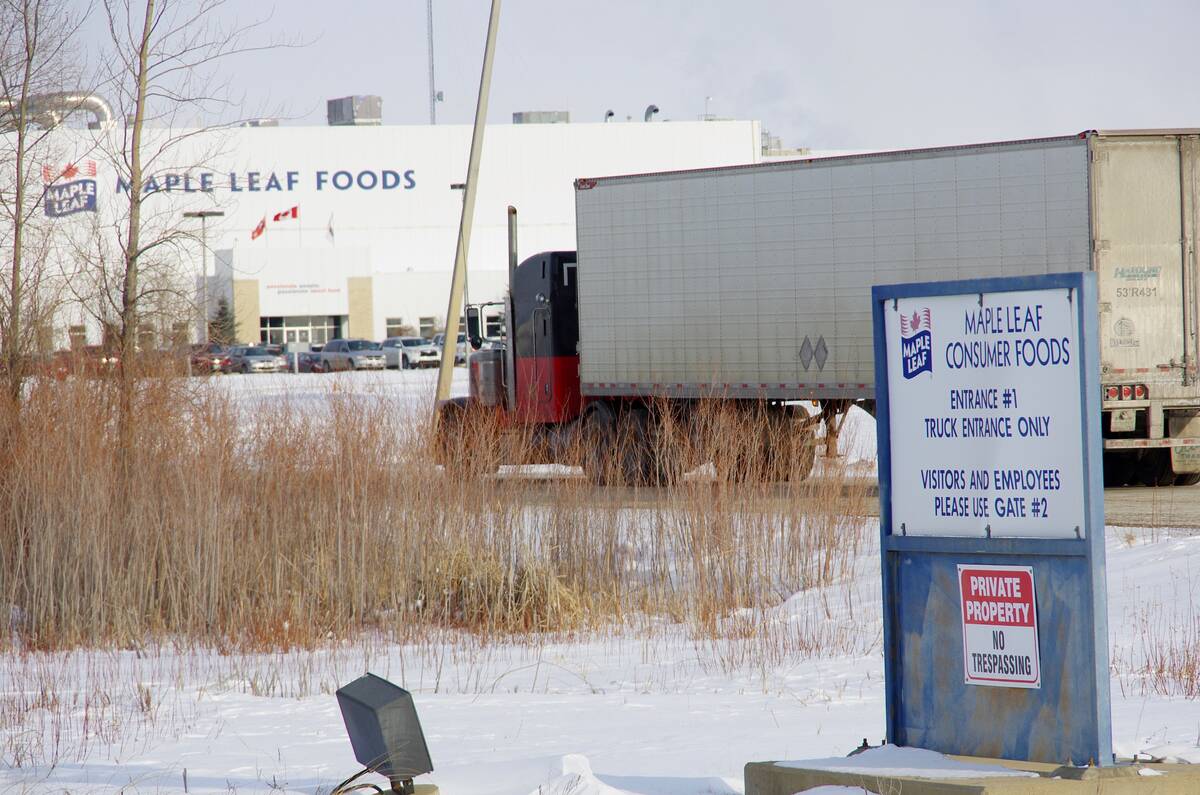RED DEER – A full blown case of circovirus disease at a southern Alberta hog operation two years ago left the farm veterinarian and manager frustrated over this serious wasting infection.
At the time, circovirus was seen occasionally in young pigs but little was done about it, said swine veterinarian Pete Pawluk.
One to three percent of pigs seven to 12 weeks old would become poor doers and half of them would be euthanized regardless of treatment.
“We didn’t have any real good control measures that seemed to work. There wasn’t a lot of research being done so we just shrugged our shoulders and said, ‘circovirus killed the pig,’ ” Pawluk said at a swine technology workshop in Red Deer Oct. 24.
Read Also

Manitoba pork exports gain new market ground
Manitoba’s pork trade pivoted from China over the last five years, while Japan is remains the largest customer and South Korea and Mexico market footholds have grown
At the same time the disease was devastating the European hog industry with reports of huge numbers of pigs dying.
“We thought we had a light form. We just kept our heads in the sand,” he said.
In 2005 problems appeared at Outlook Pork near Taber, Alta., making it perhaps the first Alberta herd affected with Phase 3 circovirus. At this level, severity varies and it can be mistaken for porcine reproductive and respiratory syndrome (PRRS). Mortality is eight to 25 percent among eight- to 13-week-old pigs.
The initial diagnosis in July 2005 was PRSS with secondary bacterial pneumonia when the farm saw higher than normal deaths among young pigs.
“PRSS has always been somewhat of a nagging issue in this herd,” said farm manager Marvin Oudshoorn, who responded by cleaning the barns more thoroughly and more often, emptying and sanitizing nursery rooms and increasing the PRSS vaccine program to every three months.
He thought the situation was better by August. It was not.
“We started checking for circovirus and we were loaded with it, but we knew what we were up against,” he said.
He discontinued the PRSS vaccine and launched other control plans.
He minimized cross fostering with no movement of piglets between rooms.
Staff ensured better colostrum intake and changed needles between litters, but still the hospital pens were overflowing.
“We stabilized our mortalities but we did not at all get back to what we saw in 2003 or 2004,” Oudshoorn said.
Employees had to make hard decisions about how long they would try to save a sick pig.
“That was the most difficult for the staff.”
They also tried further sanitation of walls, floors and other equipment. They tried different drug companies and vaccines. They changed starter rations by adding more lactose, plasma and lysine to feed. They switched to four week weaning and lowered stocking densities.
At the end of 2005 Pawluk tried serum therapy – harvesting serum from animals with antibodies to the disease and using it as a vaccine. He’s not sure if it worked because staff tried so many things at once.
In April 2006, Merial’s Circovac vaccine was started on sows and it seemed to work. However, instead of 12-week-old pigs dying, the 16- to 17-week-old animals became sick and died. The farm implemented piglet vaccination in December and death rates declined.
“The sow vaccine just pushed the expression of circovirus wasting pigs deeper into the growing period,” Pawluk said.
“Instead of losing a 30 kilogram pig we lost a 50 kg pig.”
The disease storm gave Pawluk considerable first-hand clinical experience but he has questions and theories about the problem.
He worries that modern pig production prevents hogs from developing natural immunity to new diseases.
“There is going to be another circovirus,” he said. “We are just asking for it in the way we create these huge monocultures of susceptible animals.”
He thinks the disease spread globally and became more virulent because of several factors.
“In my opinion, I think the virus changed. There has been a lot of talk about this but nobody has proved it.”
He also thinks international movement of boar semen from Europe introduced the disease to Canada. This has not been proven but in 2003 Quebec imported 556 doses of semen from France. In 2005, another 9,879 doses came in at a time when circovirus was rampant in France.
“I believe semen spread circovirus globally,” Pawluk said.
He calculates the cost of the disease, with a one percent mortality rate, at about $30 to $40 per sow per year under most market conditions.















